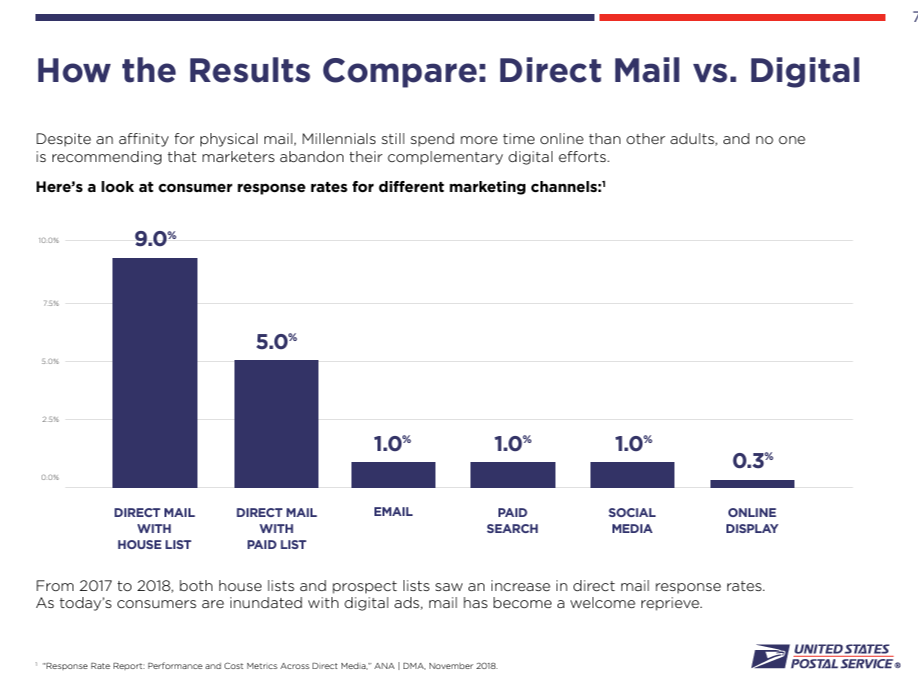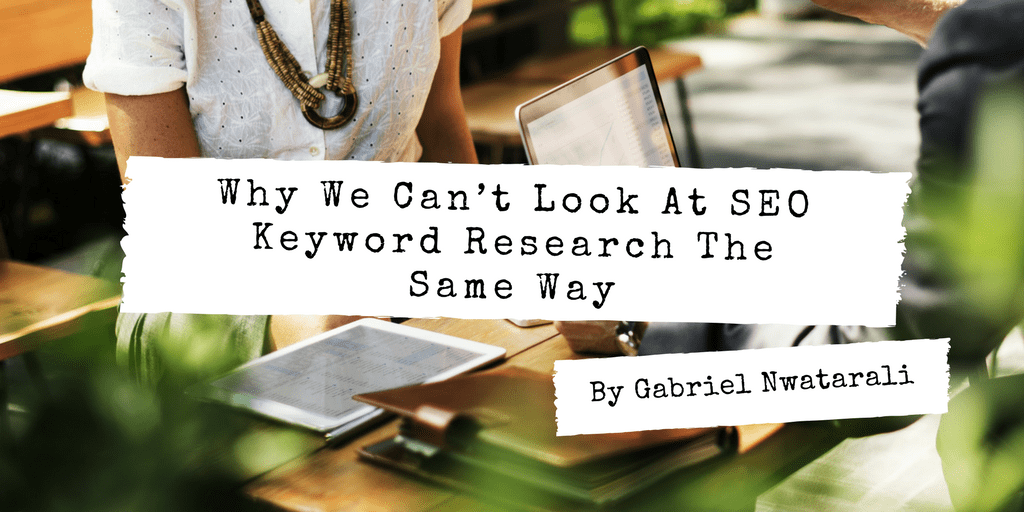Marketing drives business success. Understanding the evolution of marketing can help us appreciate current trends and anticipate future shifts. So today, let’s take a brief look through the history of marketing, highlighting key milestones and their significance.
Early Beginnings
Marketing began in ancient marketplaces with trade and bartering. Word-of-mouth was the primary method for spreading information about goods and services. These early practices laid the groundwork for more sophisticated marketing strategies.
Interestingly, word-of-mouth marketing is still highly relevant today. In the digital age, recommendations from friends, family, and influencers continue to impact consumer behavior significantly.
Modern platforms like social media and review sites amplify the reach and impact of word-of-mouth, making it a crucial component of contemporary marketing strategies.
Industrial Revolution
The Industrial Revolution (late 18th to early 19th century) marked a significant turning point. Mass production created a need for broader reach, leading to the birth of print advertising. Newspapers and magazines became popular mediums, allowing businesses to target larger audiences.
This era saw the beginnings of brand differentiation and competitive advertising. But how popular is print advertising now?
Well, despite the rise of digital marketing, print advertising remains relevant. The global print advertising market reached $32.5 billion in 2023, and while it’s expected to decline gradually, it still holds a significant share, especially in sectors like local businesses and luxury goods.
One study also found that print media excels in engagement and response rates. Print ads receive an average response rate of 9%, compared to digital channels like email and social media, which average around 1%.

The continued trust and engagement in print advertising highlight its enduring value. It remains a vital component in some marketing strategies.
Golden Age of Advertising (1900s-1950s)
The early 20th century, often called the Golden Age of Advertising, witnessed the rise of radio and television as dominant advertising channels. Iconic brands and memorable slogans emerged, influenced by psychological insights into consumer behavior. Advertisers began to understand the power of emotional appeal and brand loyalty.
Even today, radio and television remain effective advertising channels. Television ads continue to reach a broad audience, with TV viewership still holding relatively strong across various demographics. Similarly, radio remains a great medium, particularly for local advertising and reaching commuters.
The Digital Revolution
In the late 20th century came the Digital Revolution, fundamentally transforming marketing. The internet opened new avenues for reaching consumers, and search engine optimization (SEO) became crucial for online visibility. The introduction of social media platforms revolutionized how brands connect with audiences, allowing for direct and interactive engagement.
The evolution of marketing during this period was marked by rapid technological advancements and changing consumer behaviors.
Current Trends in Marketing
Today’s marketing landscape is dynamic and data-driven. Content marketing emphasizes providing value to consumers through informative and engaging content. Personalization, powered by data analytics, allows for tailored marketing strategies. Mobile technology and apps have become indispensable tools for reaching consumers on the go.
And there’s more:
Influencer Marketing
One of the most significant trends in modern marketing is the rise of influencer marketing. Influencers, particularly on social platforms, have become powerful voices that can sway consumer opinions and behaviors. So, brands leverage them to reach niche audiences and build authentic consumer connections.
Artificial Intelligence (AI)
AI is transforming marketing by enabling advanced data analysis and automation. AI tools help marketers understand consumer behavior, predict trends, and personalize customer interactions on a scale that was previously impossible.
For example, chatbots provide real-time customer service and support, enhancing user experience and driving conversions.
Emphasis on Sustainability
As consumers become environmentally conscious, more brands are focusing on sustainability in their marketing efforts. Sustainable marketing practices not only appeal to eco-conscious consumers but can also help brands build a positive image and long-term loyalty.
These companies often adopt eco-friendly packaging, create sustainable products, and communicate their commitment.
Augmented Reality (AR)
AR is becoming a popular tool for creating immersive marketing experiences. Brands use AR to allow consumers to visualize products in their own environment, which enhances the shopping experience and reduces hesitation associated with online purchases.
AR applications range from virtual try-on in the fashion industry to interactive product demonstrations in retail.
Future of Marketing
The evolution of marketing showcases its adaptability and resilience. To remain competitive, it’s essential that businesses stay informed about current trends and future predictions.
AI and machine learning are set to personalize and optimize marketing efforts further. VR and AR promise immersive brand experiences. Sustainable and ethical marketing practices are gaining importance as consumers become more socially conscious. Lastly, influencer marketing will continue to be an essential marketing medium.

I’m a freelance copywriter and SEO specialist. I aim to empower individuals and businesses with impactful marketing solutions and insights. In my downtime, I recharge by embracing the beauty of nature or cherishing moments with my loved ones. If you found value in this post, please consider sharing it.
Want a heads-up once a week whenever a new article drops?







